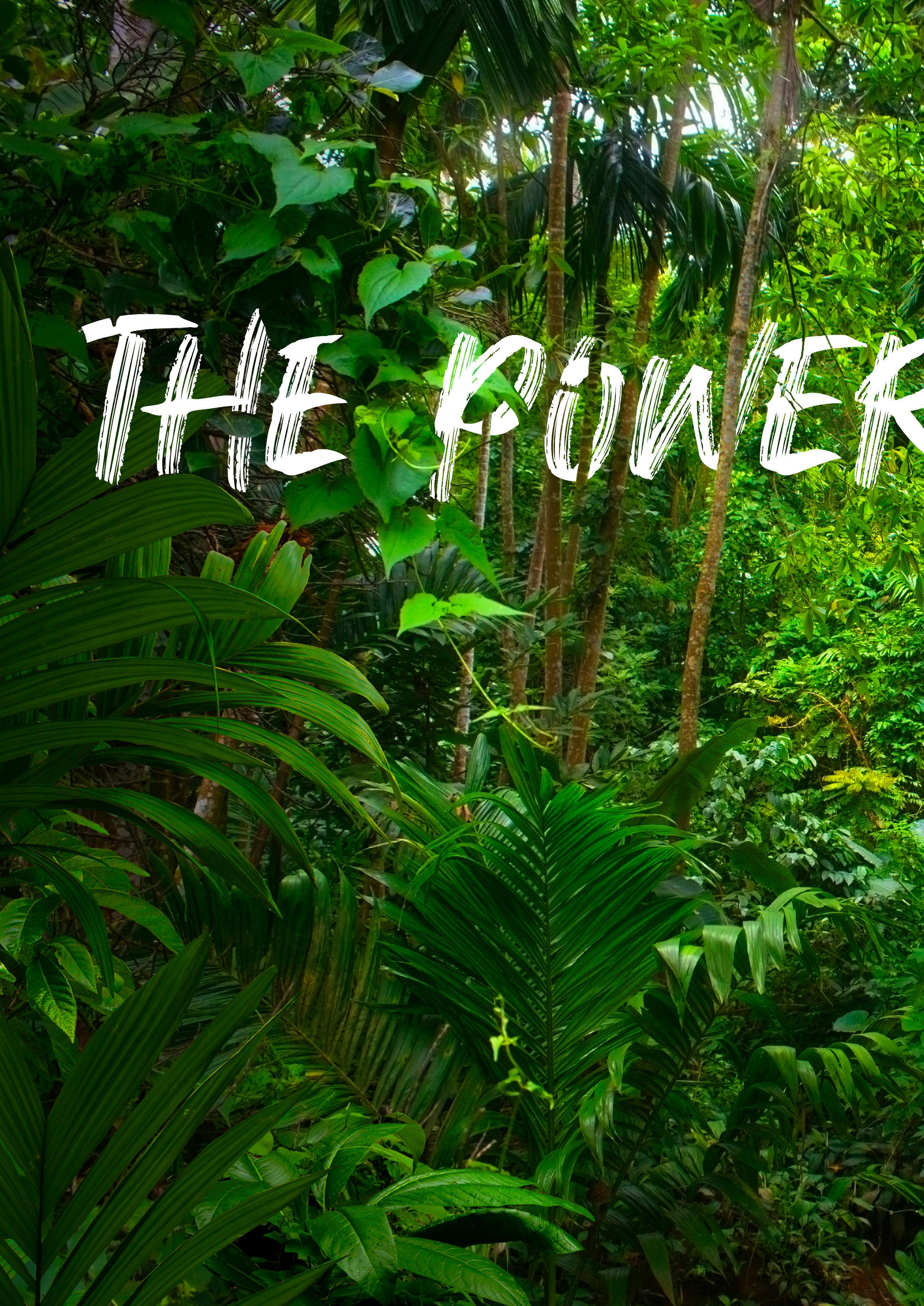
8 minute read
The power of trees
John Halkett, Sweetman Renewables Ltd, Australia, explains how sustainably-sourced biomass has the potential to be at the heart of the renewable energy push in Australia.
There is plenty of talk about future technology and innovation being the answer to a net zero carbon future. However, there is still some distance to travel regarding issues such as the practical implementation of carbon capture technology and green hydrogen manufacturing. There is also a large amount of political speak (at least in Australia), media interest, and speculative investment, but the following article contains practical examples of renewable energy related technologies and their implementation.
A focus on renewables
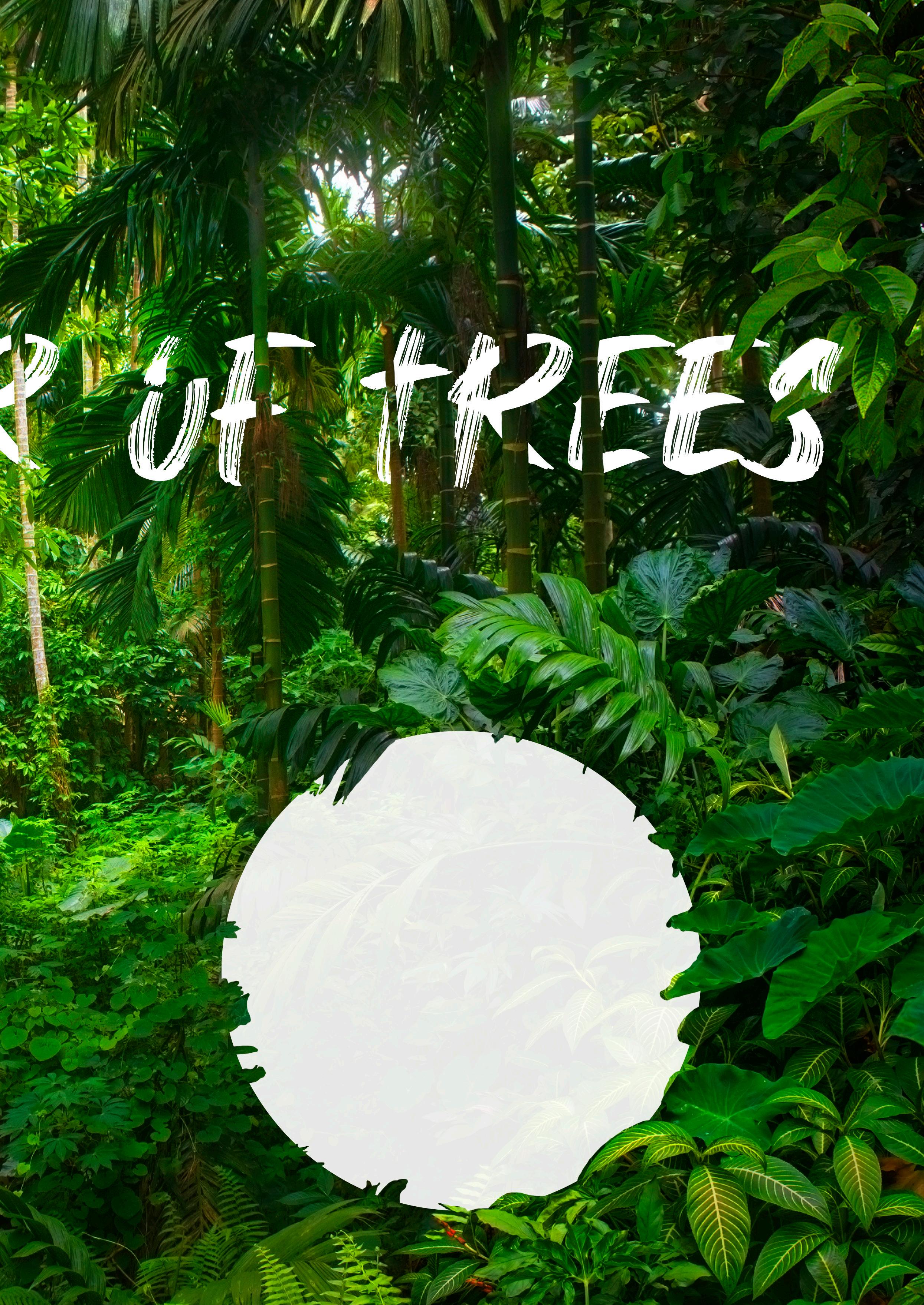
With a clear focus on sustainability and renewability, Australian company Sweetman Renewables Ltd (SRL) is a strong proponent in the development of renewable energy related projects. SRL acquired sawmilling and timber production assets, buildings, land and forest from the Sweetman family, and completed a modest pre-IPO capital raising towards the end of 2021. The company has ambitious ideas in the renewable energy space and has plans to embark on an IPO capital raising. Funding will be directed at a number of projects that
will concentrate on the use of sustainably harvested wood, sawmill residues, forest waste, and post-consumer industrial and residential wood waste to develop renewable energy and climate change abatement focused outcomes.
SRL has initiatives underway directed at renewable fuel projects, including hydrogen. A planned IPO raising will assist in the future development of sawmilling and timber product activities, biomass-based development, including the early production of biochar and steam, well proven torrifaction technology, and green hydrogen production possibilities.
There has been wide condemnation of Australia’s climate change abatement position – that as a developed, affluent country, Australia is simply not making an adequate contribution to global efforts to slow the adverse impacts of climate change and the global push to a net zero carbon position by 2050. SRL is determined to do something constructive to address this criticism.
As the world inches towards a net zero carbon emissions target by 2050 following the climate change summit in Glasgow, Scotland, clearly there is significant work to do. This will necessitate a radical move away from a dependency on fossil fuel energy. Obviously, bioenergy could become a large part of the solution to Australia’s net zero carbon emissions position and there will need to be a much greater focus on plants, particularly on trees.
The role of sustainable forestry
World authorities, including the United Nations, environmental ambassadors such as Prince William, the Duke of Cambridge, and Sir David Attenborough point to the necessity of placing trees and forests at the centre of a move to sustainable renewable energy and a net zero carbon future. In a Harvard Project on Climate Change paper, Rene Castro concludes that agriculture, forestry, and land-use activities:
“[...] have the greatest potential for carbon sequestration and offer abatement opportunities that are cheaper than can be found in the energy or transport sectors.”
He writes that when wood cannot be reused, it can be deployed to produce energy through combustion. The energy produced from such combustion is effectively stored energy from the Sun.
“As the amount of carbon dioxide emitted from the combustion process is no more than the amount previously stored, burning wood is carbon neutral. I think that makes sense.” 1
Prince William recently announced a new climate change documentary series featuring Sir David Attenborough as part of his continuing climate change mission to encourage people to help save the planet as part of his Earthshot Prize.
“The Prize will incentivise change and help to repair our planet over the next 10 years – a critical decade for the Earth. This is the moment for hope, not fear. A better, sustainable future is within reach, we just have to grasp it,” he stated.
In his 2020 book, A Life on Our Planet: My Witness Statement and a Vision for the Future, David Attenborough details his deep concerns about climate change and the lack of meaningful action, he stated that humanity’s impact on the climate is now truly global.
“Our blind assault on the planet is changing the very fundamentals of the living world. This is now the status of our planet in the year 2020 […] We have replaced the wild with the tame. We regard the Earth as our planet run by humankind for humankind. There is little left for the rest of the living world. The truly wild world – that nonhuman world – has gone. We have overrun the Earth […] that will bring about nothing less than the collapse of the living world, the very thing that our civilisation relies on.”2
In a conciliary note in support of sustainable forestry practices, Sir David writes: “Sustainable logging in which select trees are felled and carefully removed at rates that mimic the natural turnover of a forest, would be permitted, for this has been shown to preserve biodiversity.”3
Fossil fuel-based energy in the form of coal and oil has been dug up or pumped out of the ground and burnt for decades. At a basic level, both these types of energy have been stored deep underground for millions of years. Burning them means their stored carbon is pumped back into the atmosphere as carbon dioxide.
It does not take a climate scientist to tell you that all this carbon has gone up into the atmosphere and its ‘blanket effect’ is the primary reason why the planet is warming alarmingly.
If the planet is going to get anywhere near a net zero carbon emissions position by 2050, the burning of ancient fossil fuels must be stopped, as they release their stored carbon back into the atmosphere from whence it came all those millions of years ago.
Instead, energy sources that are renewable and sustainable and have an overall net zero carbon impact for future energy needs must be used. Really the practical solution is to recruit the services of plants, but particularly of trees.
Plants, particularly trees, will be central to achieving anything near net zero carbon emissions by 2050.
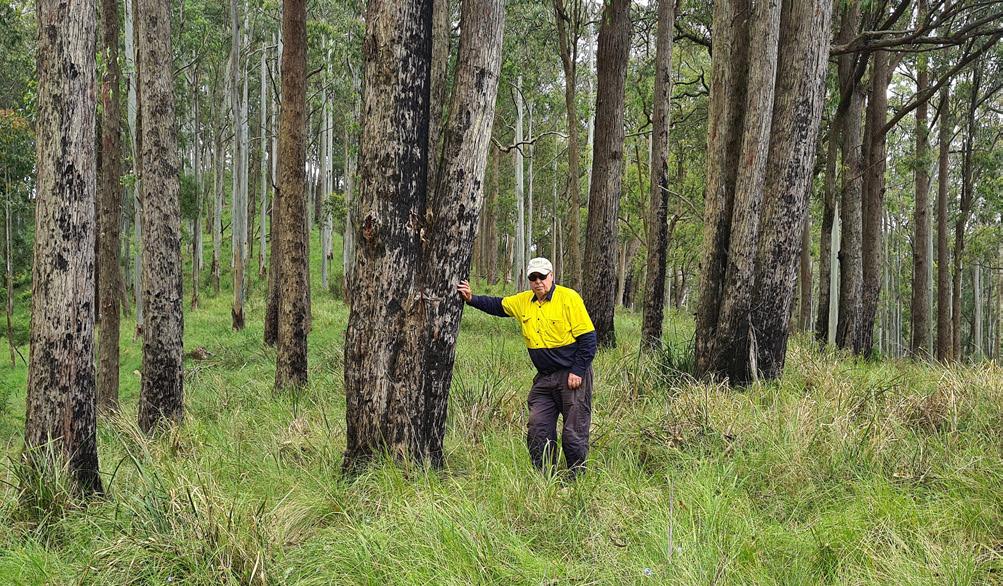
Figure 1. Sweetman Renewables Ltd Chairman John Halkett in company-owned forest.
Figure 2. An early emphasis on biomass-based development, including the production of biochar.
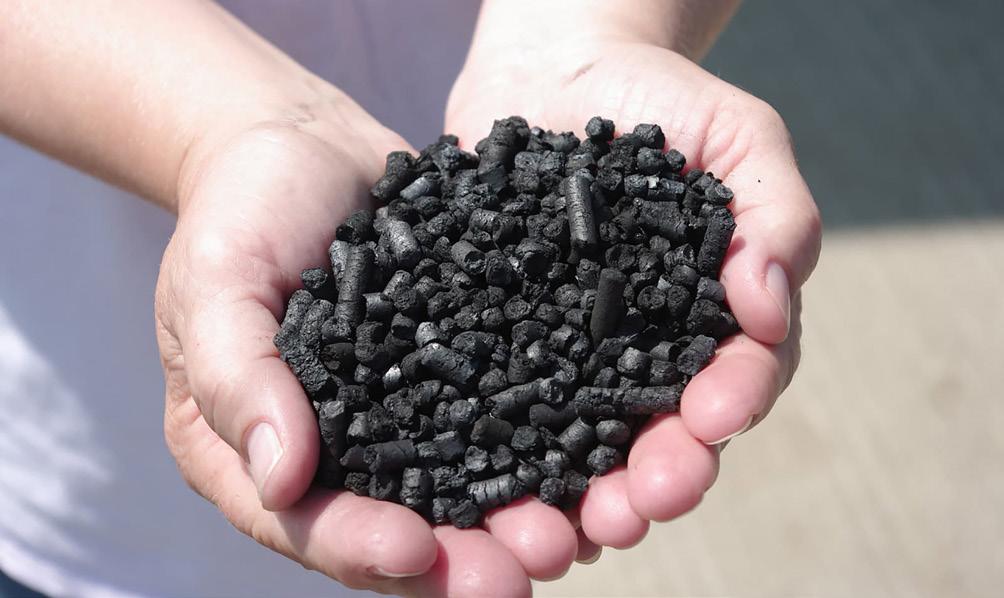
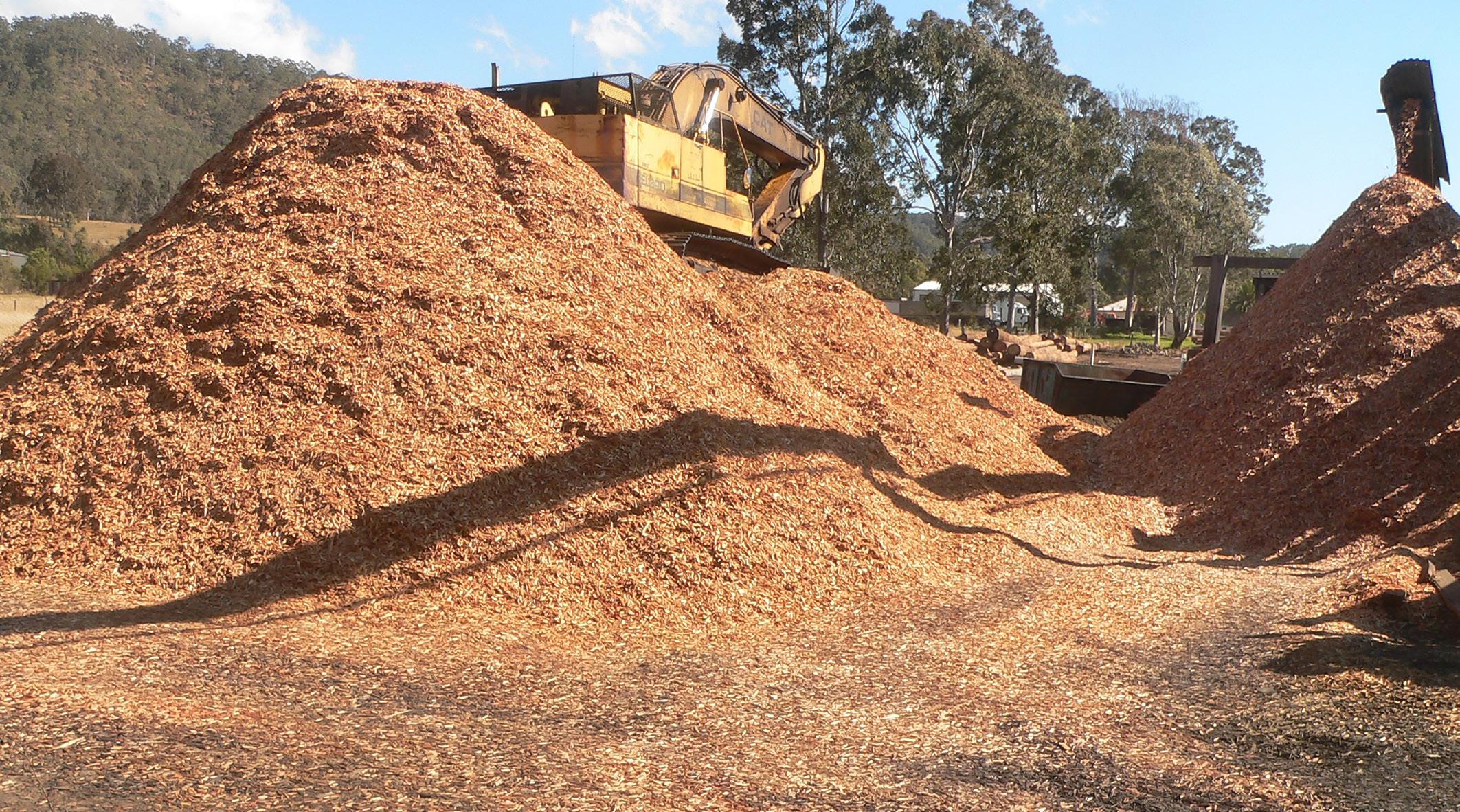
Figure 3. Future funding will be directed at projects that will concentrate on the use of sustainably harvested wood, sawmill residues, forest waste, and post-consumer industrial and residential wood waste to develop renewable energy and climate change abatement focused outcomes.
However, utilising biomass and wood waste for renewable energy production is not a lay down misère by any means. International experience around logistics and transport for high bulk, low value biomass means transport costs can be up to half on the delivered cost.
In addition, ‘green’ biomass sourced from sawmill waste and forest residues can have a moisture content in the region of 25%. Heat pre-treatment can reduce moisture content to below 10%, significantly improve calorific values, and reduce the delivered volume by up to one-third.
Post-consumer industrial and residential wood waste usually contains contaminants such as glues and coatings that can cause emissions difficulties at power plants. This problem can be offset by pre-treatment to remove such contaminants.
Where biomass has been obtained from the harvesting of natural forests, it is essential that such operations obtain third-party certification to attest that sustainable forest management practices are followed. In an Australian context, the removal of non-sawlog forest residues for bioenergy can have substantial benefits in terms of fuel load reduction and mitigating bush fire intensities.
A real plus for biomass sourced from natural hardwood forests in Australia is that the tree species utilised have a wood density in the region of 700 - 950 kg/m3. This is close to twice that of softwood species. This has measurable advantages in terms of calorific values that impact directly on renewable energy production efficiency and costs.
“There must therefore be a stronger, renewed focus on more efficient management of trees and forests. This must include the sustainable utilisation of natural forest communities, and the establishment of extensive tree plantations. The future must also include placing a value and a price on carbon as a key element of a renewable energy future.
There is little doubt that renewable energy systems, whether that is bioenergy or green hydrogen, will require a great emphasis on better management of trees and forests.
Australia’s road to net zero
Australia should be taking advantage of the fact that it is in a fortunate position in relation to the prospect of a new bioenergy focused future with large expanses of land suitable for tree establishment, plus having large tracts of existing natural forest. Collectively, this provides the potential to move the country beyond the dependency on fossil fuel-focused energy systems.
Without such an emphasis on trees, forests, and associated bioenergy projects, it is difficult to see how Australia can make a commitment to even approaching net zero carbon emissions by 2050. Certainly, an over-dependency on the vagaries of solar and wind renewable energy will not provide the certainty of dependable baseload power required to support both industrial and residential needs.
Australia must elevate the importance given to forestry science, sustainable forest management, and biomass-based renewable energy systems, and at the same time to improve sustainable management of natural forest systems to provide building and construction product needs and contribute towards net zero renewable energy targets.

